Carbon Sobriety
Rail Asia-Europe
Think Green : miss the next flights

With 370,000 EVP a year, the railroads already represent more than 1.5% of container transported on the Asia-Europe trade.
This can seem low, but it’s still impressive for a way open less than 5 years ago and that had a 35% growth rate in 2018! t
Now several robust operators are offering scheduled services for your goods going between Europe and China. This fret solution still expanding offers an intermediary solution between sea and air transport. A single train can transport as much as 6 cargo planes, for an inferior price by weight! As an example, the importation of a medical mask by train can be 30 times cheaper than by plane! Since the Qingdao – Le Havre transit time went from 20 days in 2008 to 35 today, this new railway option can save you up to 20 days in door to door. And even more for locations away from the coastline.
On the other hand, the rail is mainly use for non-dangerous and non-alimentary goods because of the numerous border controls.
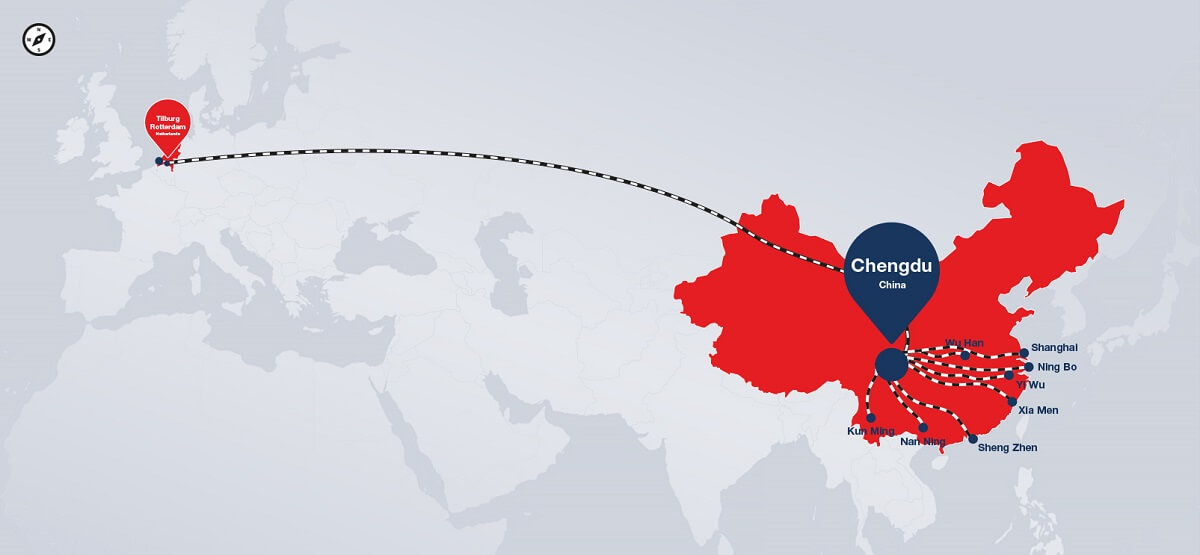
They are two main operators. The Dutch GVT has an offer from nearly everywhere in China going to the Netherland.
The goods are concentrated either in Tilburg in the Netherland or in Chengdu in China. GVT offers three departures a week from either end, Monday, Wednesday, and Friday. Booking must be made between a week and ten days before the journey begins, in order to give GVT time to the clear custom and find room on their train for your goods.
Count on about 5000€ for a 40HC. The limit of this solution is that you have to bring your container back to Tilburg (no interior drop-off yet).
More flexibility? You need to look at Forwardis, a branch of the French SNCF. With them no regular line, the roads are defined by the demand and so they can stop at more stations, in China, and Europe. Usually Forwardise stop at Dourges (between Lille and Lens in France), Tilburg (them too), Duisburg in the Rhineland, and recently even Greater Paris, Valenton to be precise. In China you have more choice, every fret station is an option.
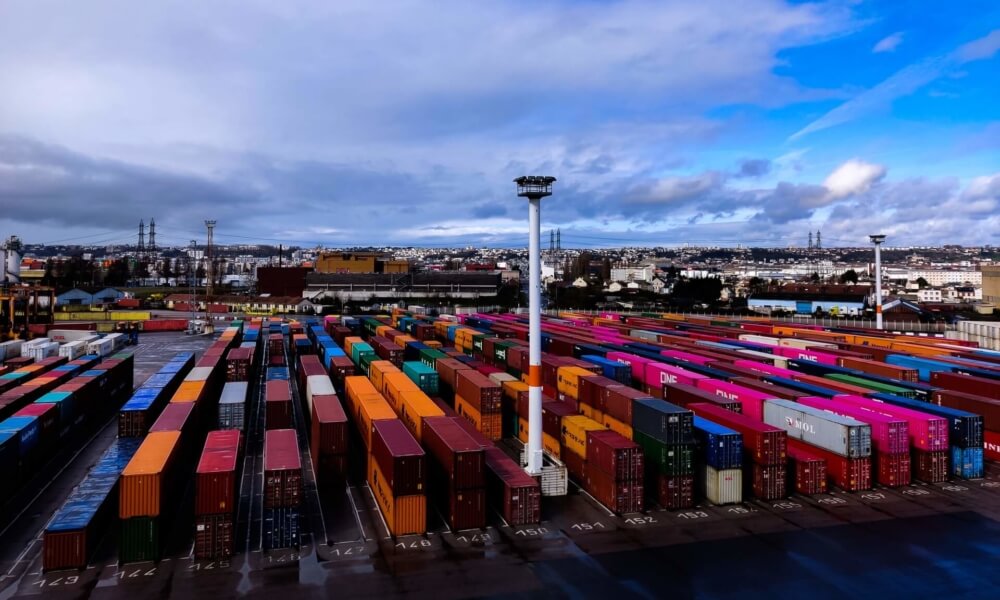
But be careful, the operators offer no custom clearance solution at the arrival terminal, for that you can contact your favorite broker ! You will also need to bring your container back to the station of arrival. Of course, we can do that for you.
In short, this railway solution cost less than the plane while being faster than the boat. The rail also claims to be more reliable and steadier than any other means of transport. Unlike the airplane, Coivd-19 hasn’t slowed any Asia-Europe rail shuttle. And you can check the state of your cargo serval time during the ride.
The prices are also way more stable, which can save you from some unwanted surprises and help fix your yearly cost prices.
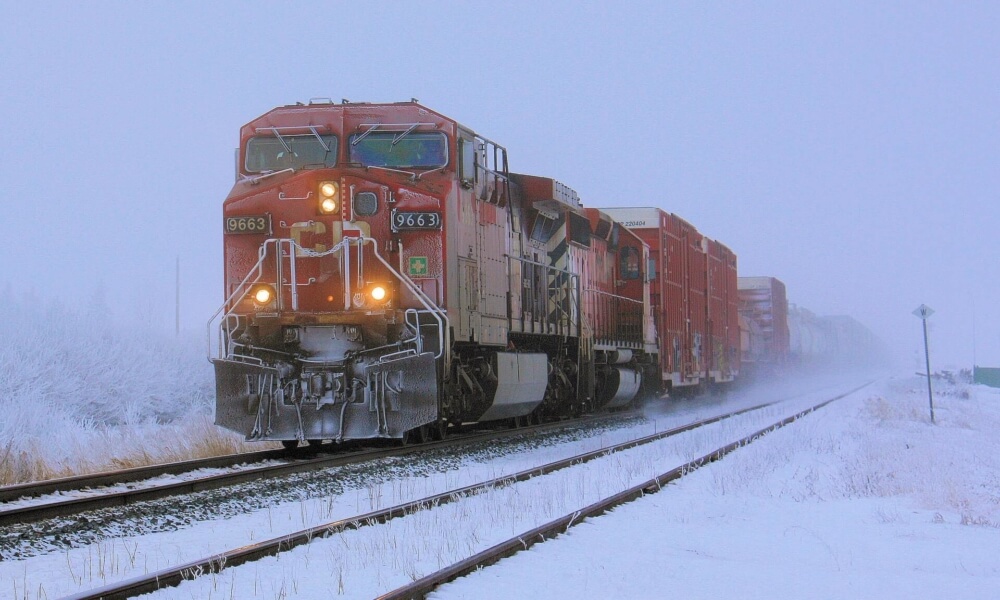
But the main selling point of rail transport is his lesser carbon emission when compared to his aerial and road alternatives.
Transporting a 20 T 40 DRY by train will emit only 4% of the greenhouse gas it would have if it had been transported by air!
4%, a figure that seems surrealistic but how is brought by the very respected BBC; modern air transport really is the most polluting way of travel there is, at least in terms of greenhouse emissions.
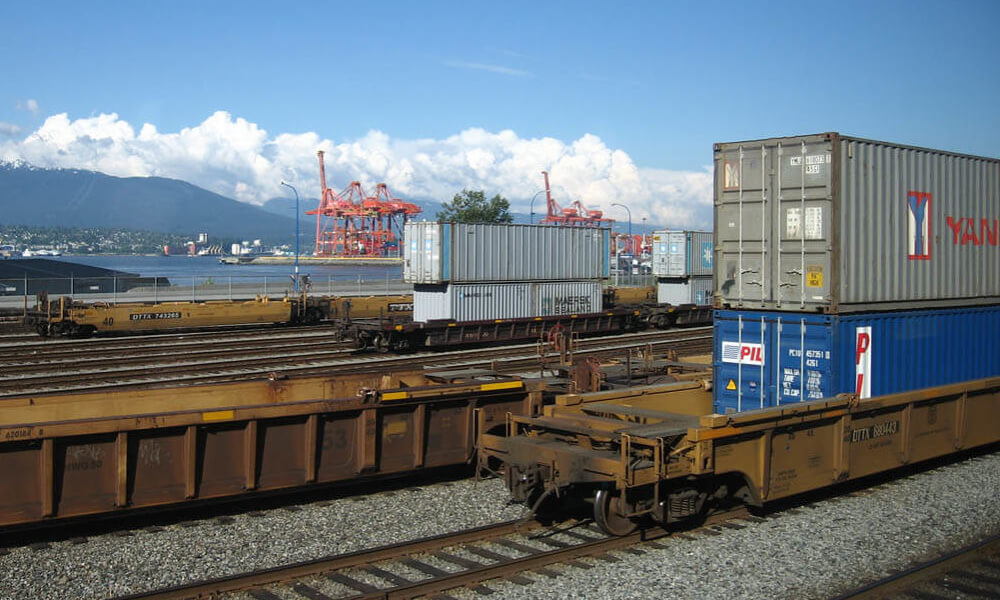
The detrimental emerging with this new road is that the track and custom agreements have led to a Chinese initiative to offer an all road solution alongside the train.
But the train consumes 6 times less energy, emit 9 times less CO2, and 8 times fewer pollutants than the truck.
If you want to discover this solution, just contact us.
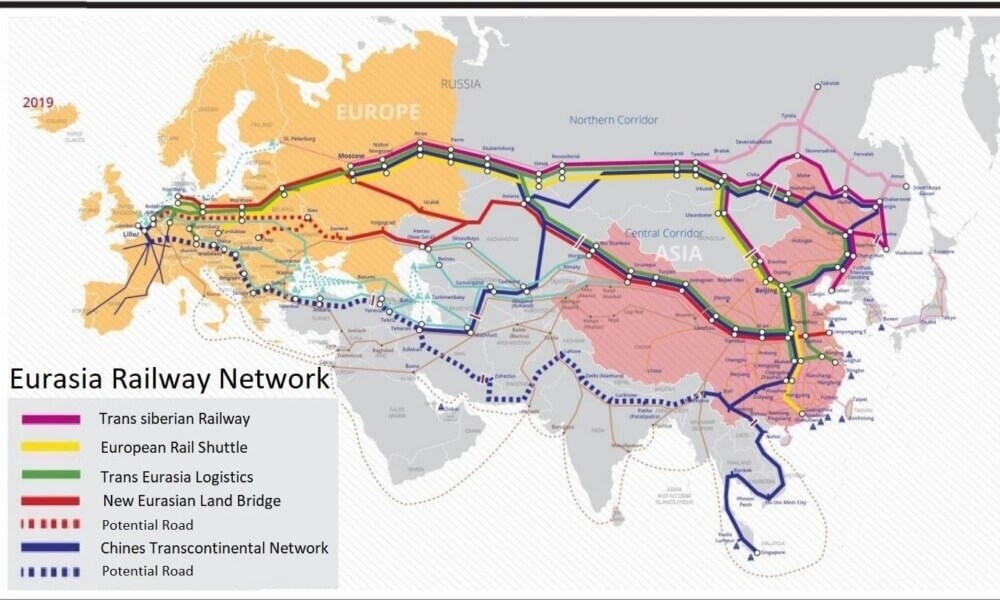
To go deeper into that subject :
The arrival of the first train around Paris from Forwardis.
How these new roads were set up ?
The opinion of an expert